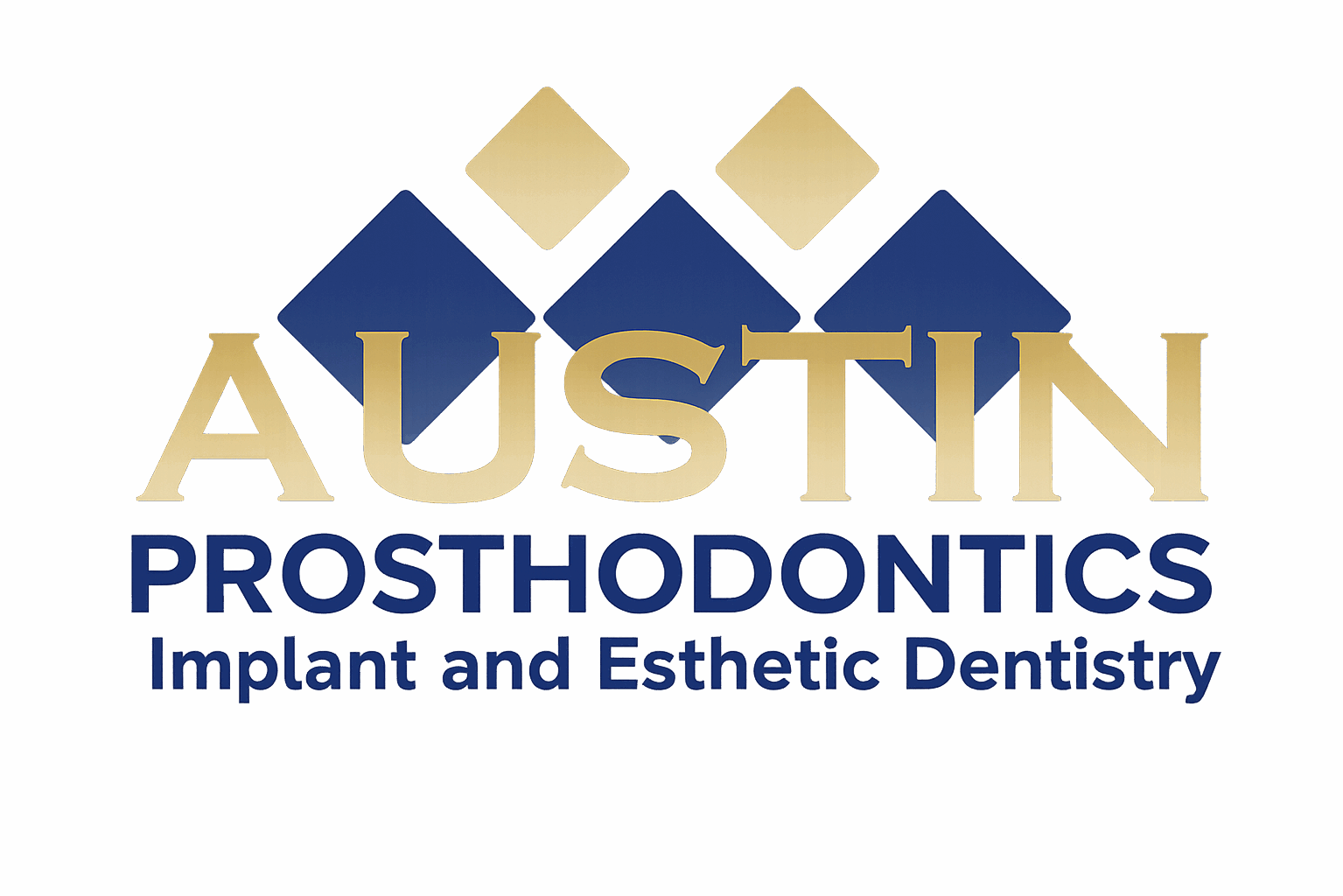
It might be the most common dental disease, but despite how easily recognizable tooth decay is, many people fail to realize the most important facts about the condition. For instance, did you know that tooth decay affects over 90% of adults in the United States, and yet is one of the most preventable conditions today?
The good news is that you can still protect your mouth from cavities by understanding the phenomenon, even if you’ve already had to treat one or more of them.
About Tooth Decay and Cavities
- Tooth decay and cavities are often used interchangeably, but tooth decay is the condition that leads to cavity formation. Decay starts when tooth enamel is compromised and oral bacteria infect the main tooth structure, leaving a hole in the tooth (or cavity) that grows as the decay spreads.
- If your tooth is becoming more and more sensitive, there’s a good chance that it’s developing tooth decay. The first stage of decay, known as enamel erosion, involves the deterioration of the protective layer of enamel around your teeth. It is most often caused by inadequate hygiene, which allows oral bacteria to produce excess amounts of acid that attacks and weakens enamel.
- Preventing tooth decay and cavities is fairly simple. Brushing and flossing your teeth at least twice every day controls the population of bacteria and plaque in your mouth. Also, regular checkups and cleanings offer more thorough plaque and tartar removal, and allow your dentist to spot early signs of tooth decay so you can receive treatment as early as possible.

 Phone: +1 (512) 910-2864
Phone: +1 (512) 910-2864  Mon-Thur (8am - 5pm)
Mon-Thur (8am - 5pm)  info@smilesatx.com
info@smilesatx.com